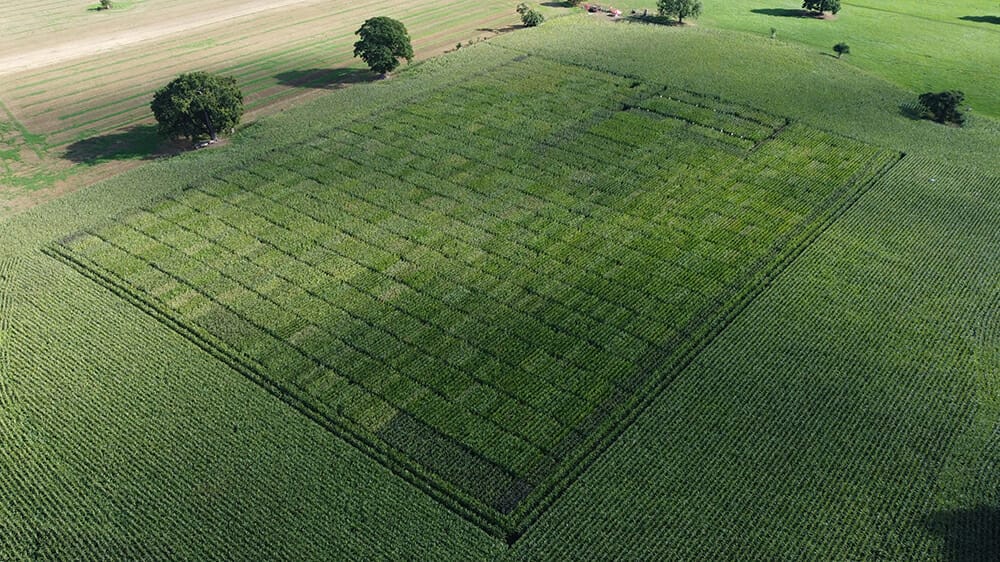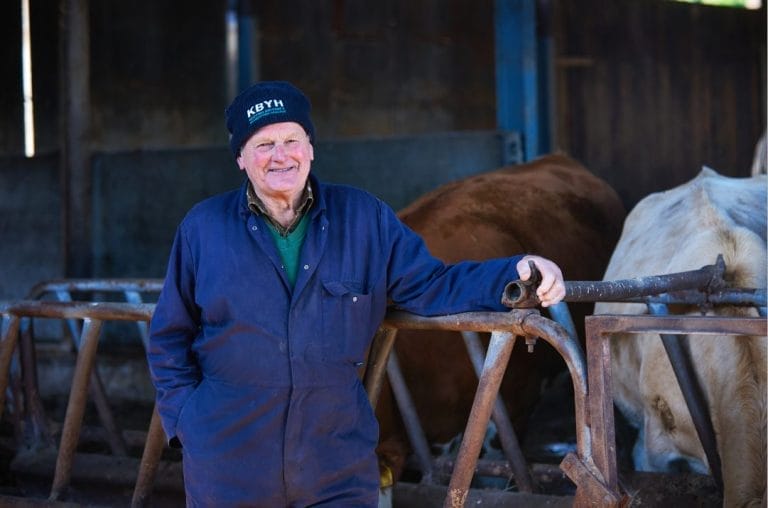
Brian Copestake
Maize was often seen as a challenging crop to grow due to the late harvest. However, with new earlier maturing varieties, the crop can fit well into arable rotations, allowing successor crops to be drilled in good conditions and in good time.
While not a full alternative to oilseed rape, which will usually provide a better return on investment in most years, maize can be incorporated into rotations as a way to increase the break crop area and leave a good margin. Maize grown for forage will leave a margin of around £810/ha after harvesting costs.
Agronomically, maize can prove particularly effective on farms wanting to control problematic weeds like black grass.
Wheat crops established after maize typically get away quickly, making use of residual nutrients. Working with a local dairy farmer, growing maize under contract could open up the opportunity to buy in slurry or farmyard manures to improve soils. And with nitrogen prices likely to be over £600/t, it is worth remembering that maize uses around half the nitrogen of a crop of winter wheat.
As with any new crop, the success has its roots in initial planning. Despite crops likely to be drilled in April or early May, now is the time to plan your approach. Before embarking on a new crop, it is important you have a market outlet, as this will have an effect on the variety grown.
Variety choice is vital
The first thing to look for is early maturing varieties that will suit your site class, as you need one which will mature at the right rate for your farm. If you cannot find a suitable variety, then maize may not be for you. While growing maize under plastic used to be popular, the extra cost can now be negated by selecting an earlier variety.
The key to maturity is Ontario Heat Units (OHUs). Plants need to accumulate a number of OHUs before being fit to harvest. The fewer OHUs required, the earlier a crop will be ready to harvest.
Earliness is defined by the FAO for the variety, earlier varieties have a lower FAO. They can be ready to harvest as much as two weeks earlier than later maturing ones. If you have a shorter growing season, selecting an earlier variety will reduce the risk of variable weather delaying harvest and will increase the chance of the successor crop being established.
To simplify variety choice, our unique Maize Manager App includes the Maturity Manager tool. Developed with the Met Office, it shows the average heat units for your postcode and will help ensure you make an informed choice.
Having developed a shortlist of varieties, look for high early vigour to make sure the variety will get away quickly, something that is particularly important on heavier soils and in late seasons. Having selected a variety to suit the farm, look at yield and quality parameters. Many early varieties combine high yields with excellent quality, which will make the crop a higher quality feedstock or forage.
Look for varieties with an FAO of 140-240 to ensure you get a variety that will mature in good time. Limagrain varieties like Resolute, Prospect and Conclusion have a FAO below 190, combining early maturity with excellent yields while Gema with a FAO of 150, is very early maturing.
Having chosen your variety, plan fields carefully and soil test before developing your nutrient plan. Good seedbed preparation will be key as maize is a deep rooting plant and requires a fine tilth. It is also sensitive to soil compaction which can lead to stunted growth and reduced cob size.
The seed bed can be prepared immediately prior to drilling and typically the top layer of fine soil needs to be about 5cm deep. Drilling should only happen once soil temperatures have reached 8°C. Drilling sooner will just result in the seed sitting in the soil. This is something we saw this year when farmers who delayed drilling saw crops establish more quickly.
As most nutrients will be applied down the spout at sowing, with the rest applied in the seed bed or early post-emergence when weed control is also completed, maize is a crop which largely looks after itself, releasing time for other tasks.
Maize is a surprisingly versatile crop being suitable for ensiling, crimping or being harvested for grain, meaning it can fit a wide range of situations. Crop success will depend on early planning and careful variety selection.
Watch and see how the Maize Manager App can help you select the right variety…




































